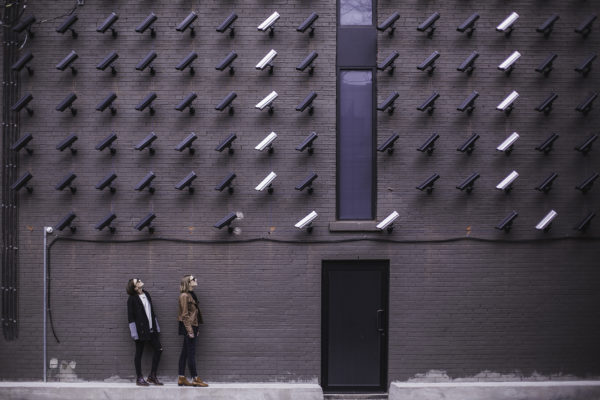
Brought to you by Singapore Exhibition Services
Cyber criminals in the real world have now hacked into banks and stolen millions of dollars over the net. The devastating impact of an online attack today can paralyse a city’s traffic system, interrupts power supply and even disrupt the economy.
The most sophisticated hackers don’t work alone, or even in small groups. Instead, they are often well-funded, highly trained.
In 2016, the Bangladesh central bank lost US$81 million after it was infiltrated by cyber intruders. An official whose computer was used to make inter-bank payments was compromised by unidentified hackers who used it to transfer the amount overseas.
The same year, the United States government accused Iran of cyber attacks aimed at taking over control of a small dam and disrupting several major banks and the New York Stock Exchange. Though the effect on the dam was minimal – it was offline and under repair – many bank customers were frozen out of online banking services.
As cyber threats become increasingly sophisticated and coordinated, the immense impact they could have is forcing governments and companies to turn to more proactive defences to protect the vital data and services delivered online.
The result, experts say, is an arms race. When a cyber defence system becomes more sophisticated to take on new threats, hackers find fresh vulnerabilities in systems and exploit them in new ways that are yet to be discovered.
The arms race could become more intense in the years ahead if the hackers and defenders are machines, instead of humans.
As cyber defence systems turn to artificial intelligence (AI) to automatically find vulnerabilities and patch them up, so will attackers look to automation to speed up the search for a loophole.
In a world’s first in 2016, machines pitted themselves against each other to mount cyber attacks and defend against them at the Darpa Cyber Grand Challenge in the US. All this was done without any human intervention.
Already, AI is being incorporated in cyber defences. A security company, Darktrace, now uses a technology modelled after the human immune system to fight against advanced threats, buying time for organisations to react as they fight back against an attack.
What it does is slow down or stop a compromised connection or device, without impacting normal business operations. The security team can then step in and eradicate the root cause of cyber-threats before lasting damage is done.
“Security teams should be spending time looking forward and analysing how business decisions impact cyber risk, not in constant firefighting mode,” said Sanjay Aurora, managing director for Asia Pacific at Darktrace.
In future, the answer could be a more coordinated approach to tackling new threats. The question is not “if” a network will be penetrated but “when”, say experts, who caution that governments and companies have to be prepared for a successful penetration.
For some countries such as Singapore, this means having a coherent defence strategy in place. In 2016, a national plan was unveiled a national plan to better cope with future attacks.
While beefing up defences for critical infrastructure, the plan also called on users to be more vigilant, so they do not fall prey to attacks and unwittingly become part of a larger plot to disrupt life in the city state.
Singapore is also seeking to strengthen international cooperation in its attempt to better defend against tomorrow’s threats. As many attacks are mounted across the borderless cyber space, this is key to better coordinate against an often invisible enemy.
Besides Darktrace, visitors can meet experts from CDNetworks, CISCO, CommuniTake, CrytoGuard, Flash Networks, Ultimaco, and many more at the CommunicAsia2017 exhibition and learn how organisations are turning to sophisticated cyber security systems to defend against new threats.
CommunicAsia2017 will be held at Marina Bay Sands in Singapore from 23-25 May 2017. Visit www.communicasia.com for details and to pre-register your visit.






